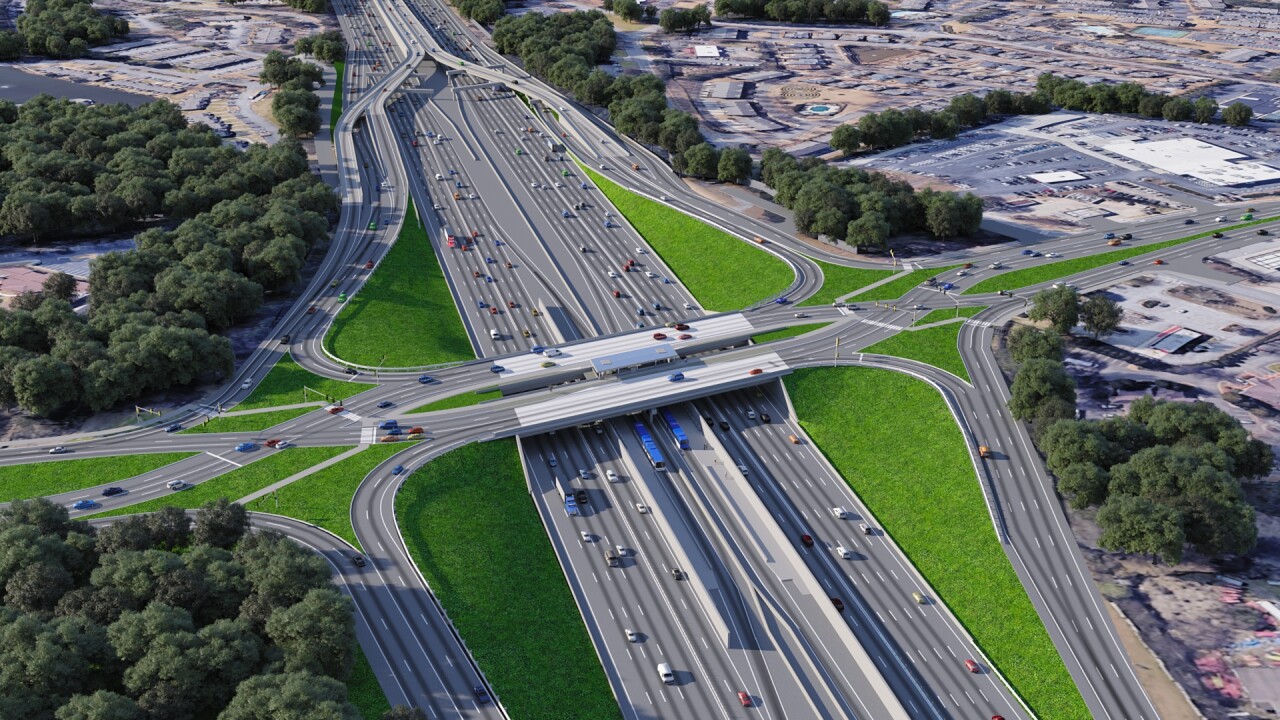Traffic jams, a lack of parking spaces and a host of other city problems are making light rail transit systems desirable again for investors, according to a report released by Fitch Ratings on Wednesday.
Once considered by some to be an outmoded form of transportation, light rail is again being installed again in major cities around the world.
But like other forms of infrastructure, Fitch said, light rail public private partnerships come with varying degrees of risk. Risk sharing between the public and private sector is key in order for a light rail project to be completed on time and to perform well once it is operational, said Scott Zuchorski, senior director at Fitch.

“Transferring vehicle delivery to a proven private counterparty may be prudent, though risk allocated to the private sector comes with an inherent premium cost that must be factored-in,” Zuchorski said. “Structural flexibility for delays from a timing and liquidity perspective is an important consideration when significant risk is allocated to the private sector.”
Fitch said that light rail transactions present unique and exacerbated risks compared with typical P3 projects such as roads or social infrastructure and require greater mitigation from a credit perspective. The addition of rolling stock and the integration of communications, signaling and safety systems delivery to a concessionaire’s remit add risks not fully in the control of the primary contractors. These projects also add complexity from utility relocation, permitting, and interfaces with physical assets and systems.
For light rail projects, Fitch said the following factors need to be carefully assessed to make sure the private sector is holding risks it can safely manage:
- Right of way;
- Geo-technical;
- Interface with third parties;
- ridership levels; and
- energy usage.
Issues such as these are inherent in Maryland’s Purple Line project and will need to be taken into account for the upcoming LAX Automated People Mover.
Currently, there are about a half-dozen new light rail projects under consideration by state and local governments in the U.S. In Canada, almost 12 light rail projects are in various stages of procurement. Light rail P3s are also being used in Europe, though most of those are for renovation and updating of existing light rails.
The appropriateness of the risk sharing between the public and private sectors is a key to successful project delivery and performance. For example, transferring vehicle delivery to a private counterparty with a proven history of performance may be prudent. However, risk allocated to the private sector comes with an inherent premium cost. Structural flexibility for timing and liquidity delays is an important consideration when significant risk is allocated to the private sector.
A P3 light rail project can have three different types of revenue structures: an availability payment from a government entity; a short-fall tolling agreement from a government entity; or a demand-based structure.
Light rail P3 transactions would be rated under Fitch’s Availability-Based Projects Rating Criteria, with a focus on the key risk drivers: completion risk, revenue risk and cost risk, along with debt structure and financial profile.





